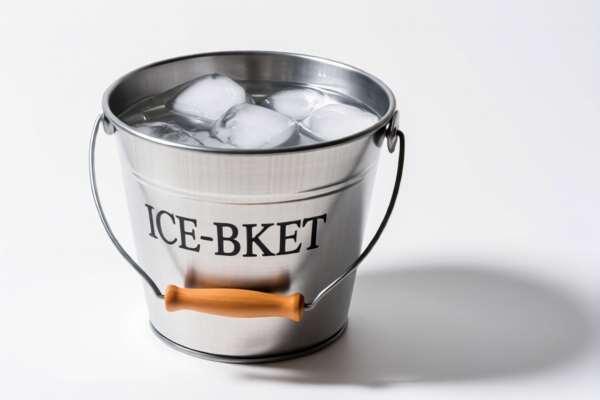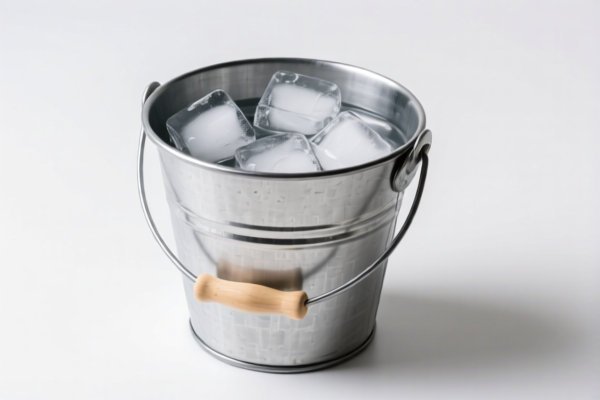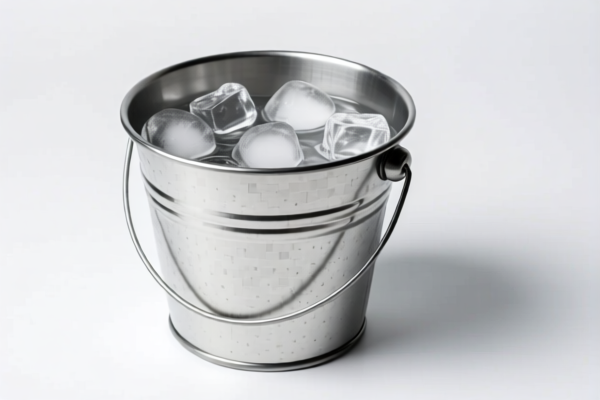| HS Code | Official Doc | Tariff Rate | Origin | Destination | Effective Date |
|---|---|---|---|---|---|
| 8907900090 | Doc | 37.5% | CN | US | 2025-05-12 |
| 3926902100 | Doc | 41.7% | CN | US | 2025-05-12 |




Okay, let's break down the HS code classifications and tax implications for your declared goods. Here's a structured analysis to help you understand the categories, rates, and important considerations:
Overall Notes:
- HS Code Importance: The Harmonized System (HS) code is crucial for accurate customs declaration. It determines the duty rates, taxes, and regulatory requirements for importing goods.
- Tax Details: The tax information provided includes a "Basic Tariff" (standard duty), an "Additional Tariff" (often used in trade agreements or for specific products), and potential changes after April 2, 2025.
- "Error" Status: The "Failed to retrieve tax information" for HS Code 2105.00.00 means we need to investigate further to determine the applicable tax rate.
1. ICE SHEET (HS Code: 8907.90.00.90) – Other Floating Structures
- HS Code Breakdown:
- 89: Ships, boats and other vessels; navigational or sailing vessels; parts or accessories thereof. (This chapter covers waterborne transport.)
- 89.07: Floating structures (for example, rafts, tanks, cofferdams, landing-stages, buoys and beacons).
- 89.07.90: Other floating structures. This is a residual category for structures not specifically listed.
- 89.07.90.00.90: Other. This is a further specification within the "Other" category.
- Description Match: This HS code is appropriate for floating structures like rafts, tanks, or platforms used on water. The "ICE SHEET" likely falls under this if it's a structure designed to float.
- Tax Implications:
- Basic Tariff: 0.0%
- Additional Tariff: 7.5%
- Post-April 2, 2025: Additional Tariff increases to 30%
- Total Tax: 37.5%
- Recommendations:
- Confirm the exact function of the "ICE SHEET." Is it primarily a structural element for floating, or does it have another purpose?
- Verify the material composition.
2. ICE CREAM (HS Code: 2105.00.00) – Ice Cream and Other Edible Ice
- HS Code Breakdown:
- 21: Miscellaneous edible preparations. (This chapter covers a wide range of food products.)
- 21.05: Ice cream, whether or not containing cocoa.
- Description Match: This HS code is specifically for ice cream and other edible ice products.
- Tax Implications:
- Tax information is currently unavailable ("Failed to retrieve tax information").
- Recommendations:
- Crucial: We need to determine the correct tax rate for ice cream. I recommend checking the latest customs tariff schedule for your importing country (China in this case) or consulting with a customs broker.
- Provide more details about the ice cream (e.g., ingredients, packaging) to help refine the classification if needed.
3. ICE BAGS (HS Code: 3926.90.21.00) – Articles of Plastics
- HS Code Breakdown:
- 39: Plastics and articles thereof.
- 39.26: Other articles of plastics and articles of other materials.
- 39.26.90: Other. This is a residual category for plastic articles not specifically listed.
- 39.26.90.21.00: Ice bags; douche bags, enema bags, hot water bottles, and fittings therefor; invalid and similar nursing cushions; dress shields; pessaries; prophylactics; bulbs for syringes; syringes (other than hypodermic syringes) and fittings therefor, not in part of glass or metal.
- Description Match: This HS code is appropriate for ice bags, hot water bottles, and similar plastic articles used for medical or personal care purposes.
- Tax Implications:
- Basic Tariff: 4.2%
- Additional Tariff: 7.5%
- Post-April 2, 2025: Additional Tariff increases to 30%
- Total Tax: 41.7%
- Recommendations:
- Confirm the material composition of the ice bags. Are they made entirely of plastic, or do they contain other materials?
- Verify the intended use of the ice bags. Are they for medical purposes, personal care, or another application?
Important Reminders:
- Accuracy is Key: Double-check the HS code classifications with the latest customs tariff schedule for China.
- Documentation: Ensure you have all necessary documentation, including invoices, packing lists, and certificates of origin.
- Customs Broker: Consider working with a licensed customs broker to ensure compliance with all import regulations.
- Changes in Regulations: Be aware of any changes in customs regulations or tariff rates.
I hope this detailed analysis is helpful. Please let me know if you have any further questions or need additional assistance.
Customer Reviews
This was a really helpful resource for understanding the HS codes for ice sheet and ice bags. The structure and explanations were easy to follow.
The page had some useful info, but the part about ice cream (HS code 2105.00.00) didn't have tax details. It would be better if that section was more complete.
The information on HS code 3926902100 for ice bags was detailed and included the tariff rates. I appreciated the breakdown of the additional tariffs after April 2025.
Great breakdown of the HS code 8907900090 for floating structures. The tax details and post-April 2025 changes were very clear and helpful.